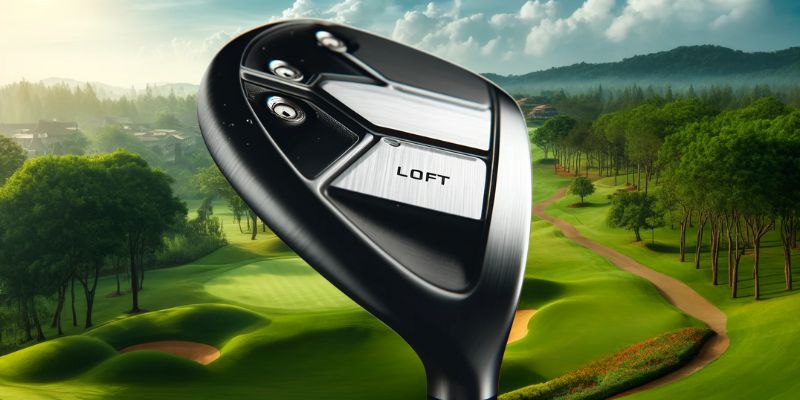Understanding Loft Angles in Hybrid Golf Clubs
Understanding loft angles in hybrid clubs is essential for optimizing your golf game, as these clubs blend the characteristics of irons and woods to create a versatile option for various shots.
The loft angles for hybrid golf clubs determine the trajectory and distance of your shots, making it crucial to select the right hybrids for your playing style and conditions.
Importance of Loft Angles in Hybrid Clubs
The loft angles in hybrid clubs play a pivotal role in how the ball behaves once it leaves the clubface.
A lower loft angle, typically ranging from 14 to 20 degrees, is designed for longer shots, replacing long irons and offering an easier-to-hit alternative.
These lower loft angles help achieve greater distance with more forgiving golf ball flight characteristics.
Conversely, a higher loft angle, closer to that of mid and short irons, provide more control and precision, making them ideal for specific course situations like approaching the green from difficult lies.
Adjusting Your Hybrids
Adjusting your iron lofts through customization options available in many modern golf clubs can significantly improve your gameplay.
These adjustable features are particularly advantageous for adapting to specific course layouts or adjusting to changes in your swing dynamics.
For instance, if you’re tackling a course with lengthier par 3s, tweaking the loft on one of your irons to lower degrees can grant you that essential extra reach.
Understanding the subtleties of iron lofts and judiciously modifying them ensures that every club in your golf bag is perfectly tuned to enhance your performance, making each shot as effective as possible.
A precisely adjusted loft not only sharpens your game but can elevate a decent shot to an excellent one.
Here’s an enhanced guide with the typical loft angles for hybrid clubs, structured to help you optimize your club settings for any situation:
- 2-Hybrid: 17 degrees
- 3-Hybrid: 19 degrees
- 4-Hybrid: 22 degrees
- 5-Hybrid: 25 degrees
- 6-Hybrid: 28 degrees
Optimizing your hybrid clubs with these standard loft angles can significantly impact your game, particularly in how you manage various challenges on the course.
Leveraging this detailed understanding can help you consistently perform at your best, ensuring that each round is an opportunity to excel.
Comparison to Irons
When comparing loft in hybrid clubs to those of irons, hybrids generally offer a similar range but with added forgiveness and easier launch.
Hybrids are designed to replace irons that are difficult to hit; for example, a 3-hybrid with a loft angle of 19 degrees is typically easier to handle than a 3-iron with a similar loft.
The broader soles and deeper centers of gravity in hybrids help to achieve higher and more stable shots, making them preferable in rougher conditions or when the ball lies in a challenging spot.
By understanding and optimizing loft angles in hybrid golf clubs, golfers can significantly improve their adaptability on the course, making these clubs a valuable addition to any bag.
Whether adjusting for course conditions or compensating for swing changes, the right hybrid setup can make a notable difference in your game.
How do I know which loft angle is best for my game?
Choosing the right loft angles in hybrid clubs depends on your swing speed, preferred distance, and the specific shots you often face. A fitting session with a professional can help determine the ideal configurations for your hybrids.
Can I use hybrids for all my iron shots?
While hybrids are versatile, they are generally used to replace long and some mid-irons. They are not typically used for the precise control needed in short iron shots around the green.
How often should I adjust my hybrid’s loft angle?
Adjusting the loft angles of hybrid golf clubs should be based on changes in your swing mechanics, playing conditions, or if you’re seeking specific shot shapes like higher launches or reduced spin. Regular evaluations during practice sessions can help optimize performance.

